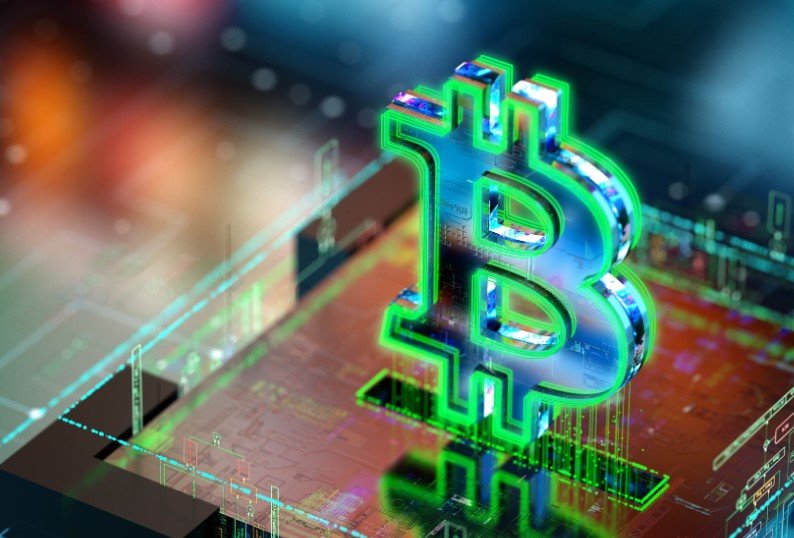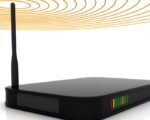Ripple’s Chief Technology Officer has announced that several banks are now using XRP for payments, with one upcoming bank set to run fully on the XRP Ledger. This move could unlock trillions in global banking flows as Ripple pushes for deeper ties with major financial players in 2025.
Banks Start Using XRP for Real Payments
Ripple’s CTO shared exciting news that banks have begun integrating XRP into their systems for faster, cheaper transactions. This comes as Ripple applies for a New York banking charter and seeks a Federal Reserve master account to align with big bank standards.
Experts say this could transform how money moves across borders. For years, banks relied on slow systems like SWIFT, but XRP offers quick settlements without high fees. Recent reports show partnerships with institutions like DBS and Franklin Templeton, where tokenized assets and stablecoins are tested for trading and lending.
One key development involves a planned Ripple tied bank that will operate entirely on the XRP Ledger. This setup aims to handle all payments efficiently, drawing in massive volumes. Industry watchers note that such integrations could save banks billions in costs each year.

RLUSD Stablecoin Boosts Tokenized Assets
Ripple’s new RLUSD stablecoin is making waves by supporting tokenized money market funds. Valued at nearly $730 million, it pairs with assets like Franklin Templeton’s sgBENJI fund on platforms such as DBS Digital Exchange.
This partnership allows easy switches between stablecoins and yield earning tokens. Banks are exploring RLUSD for repo collateral, adding liquidity to digital assets. Ripple chose the XRP Ledger for its low costs and speed, which helps scale tokenized securities.
- Tokenized funds offer investors stable returns with blockchain security.
- Stablecoins like RLUSD reduce volatility risks in crypto payments.
- Partnerships with custodians like BNY Mellon ensure safe reserves.
These features make RLUSD a bridge between traditional finance and crypto, appealing to institutions wary of market swings.
Analysts predict RLUSD could handle trillions in transactions as more banks adopt it. Recent memos show plans for trading products that use this stablecoin, signaling a shift toward blockchain based finance.
Regulatory Wins Fuel XRP Growth
After a long battle with the SEC, Ripple gained clarity that boosts XRP’s appeal. Over 20 spot XRP ETFs are now under review, potentially drawing billions from investors.
This regulatory green light follows Ripple’s push for ISO 20022 standards, matching what major banks use. It opens doors for XRP in large scale settlements, especially with groups like the Depository Trust and Clearing Corporation eyeing tokenization.
XRP’s price has climbed to $2.97 amid these updates, reflecting market confidence. Legal wins have shifted focus from controversy to utility, positioning XRP as a key player in global payments.
Global Banking Shift and Trillions at Stake
Ripple’s strategy targets the $120 billion annual cost of cross border payments. By using XRP, banks could slash these expenses while speeding up transfers.
Reports highlight integrations with banks like HSBC, Bank of America, and Santander, which manage trillions in assets. Japan’s 50 banks are already running payments through XRP Ledger tech, showing real world adoption.
| Bank | Assets Managed (Trillions) | XRP Integration Focus |
|---|---|---|
| Bank of America | $1.1 | Cross-border payments |
| Santander | $0.76 | Fast settlements |
| HSBC | Varies | Tokenized assets |
| SBI Holdings | $0.87 | Payment networks |
This table shows how top banks are positioning XRP for efficiency. Experts forecast that tokenized assets on XRP Ledger could unlock new markets, from real estate to frequent flyer miles.
As central banks explore digital currencies, Ripple’s moves align with trends like SWIFT’s blockchain trials. This could make XRP central to a new financial era.
Future Outlook for XRP in 2025
Looking ahead, Ripple aims to connect with more institutions, potentially overtaking SWIFT in volume. With trillions ready to flow, XRP’s role in payments and tokenized assets looks strong.
Challenges remain, like market volatility and competition from other cryptos. Yet, ongoing partnerships and tech upgrades suggest steady growth.
Investors and banks watch closely as XRP evolves. Its focus on compliance and speed could redefine banking.
What do you think about XRP’s rise? Share your thoughts in the comments and spread the word to keep the conversation going.








